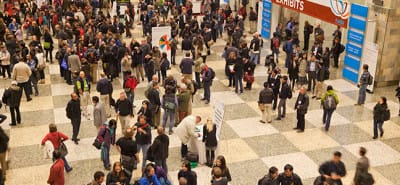Election Polls (Survey) have become an important aspect to evaluate the current political situation of battling candidates before true elections. Every news channel conducts these polls to predict the future of the candidates fighting from various areas to get a position. Generally polls are conducted nationally but they can also be conducted locally for a town or a college.
What is an Opinion Poll or Poll?
A Poll can be defined as the public opinion about choosing a candidate as their representative during the elections. It is the survey which up to some accuracy predicts the future results of the Poll. Candidates who are standing in the elections can change or modify their tactics after seeing the poll results if enough time is left for them to do amends. A poll is generally what people think about a particular candidate and the party as whole. In some jurisdictions the results of opinion polls are banned for publishing as it can affect the voter’s mindset and hence can change the results of the election, especially when elections are in near future.
Ways of conducting Polls
There is a proper agenda and different methods which are used to conduct polls. A questionnaire is made for the people and is distributed among them to answer as per their thinking and opinion. The questions are tailored strategically to get cover almost every aspect related to the election. Generally two types of questions are added in the questionnaire or survey, first is Open ended in which the respondent can write or portray his\her thoughts and the other is closed ended in which the respondent needs to pick one answer from the choice given below. Also, surveys can be done electronically by calling and asking questions to the future voters.
How accurate it proves to predict the election results?
Most of the time the results are quite accurate as they depend on the free thinking of the respondent but there is a space of sampling error which can lead to inaccurate results. So, at last it can be said that Opinion Polls are an important way to find out the thinking process of valid voters, but sometimes they can produce some percent of inaccuracy. Also, if published very near to the actual elections, they can impact the thinking process of the people involved.


